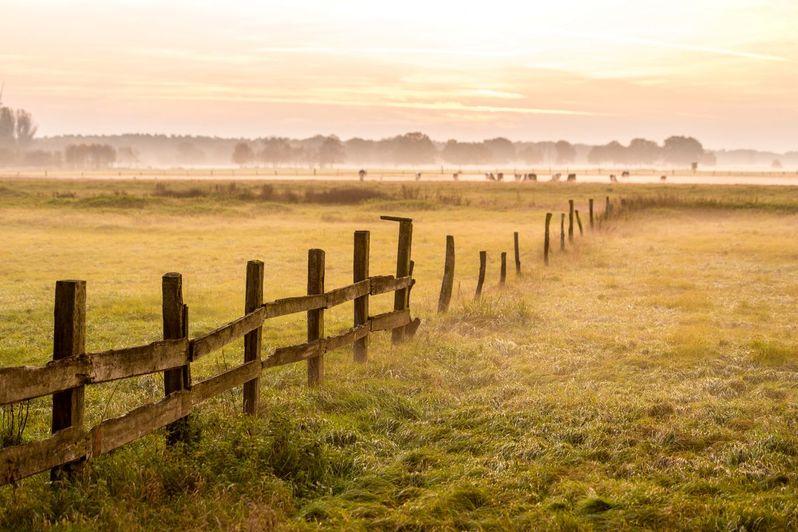
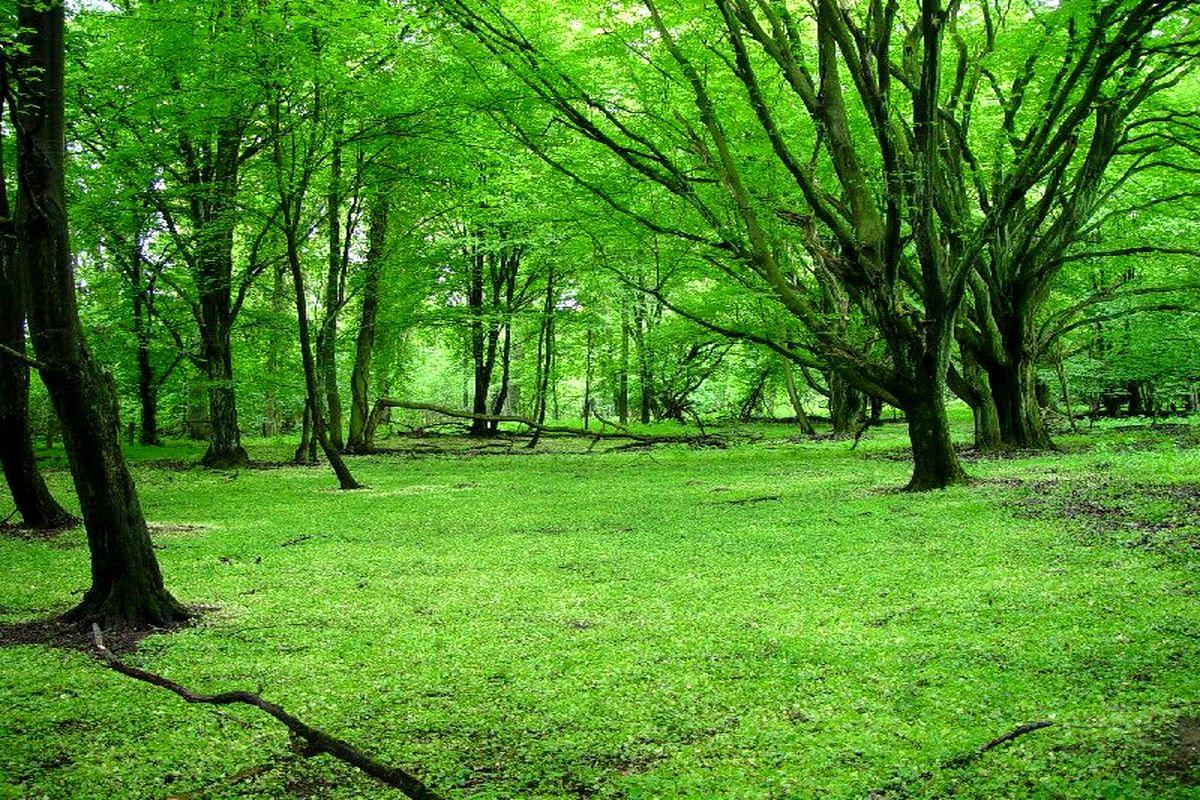
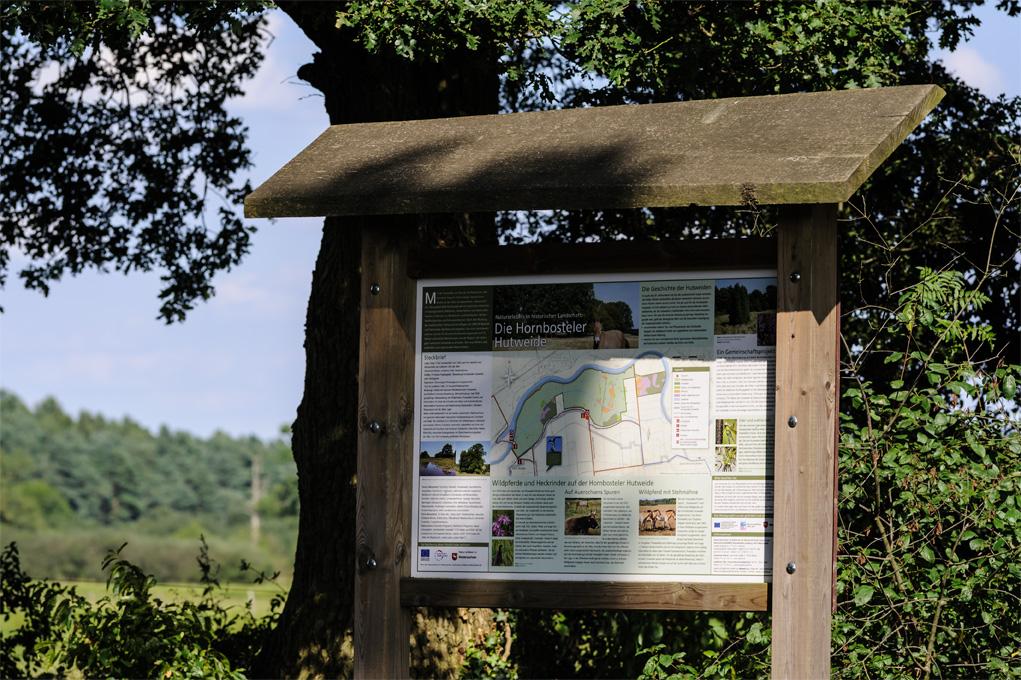

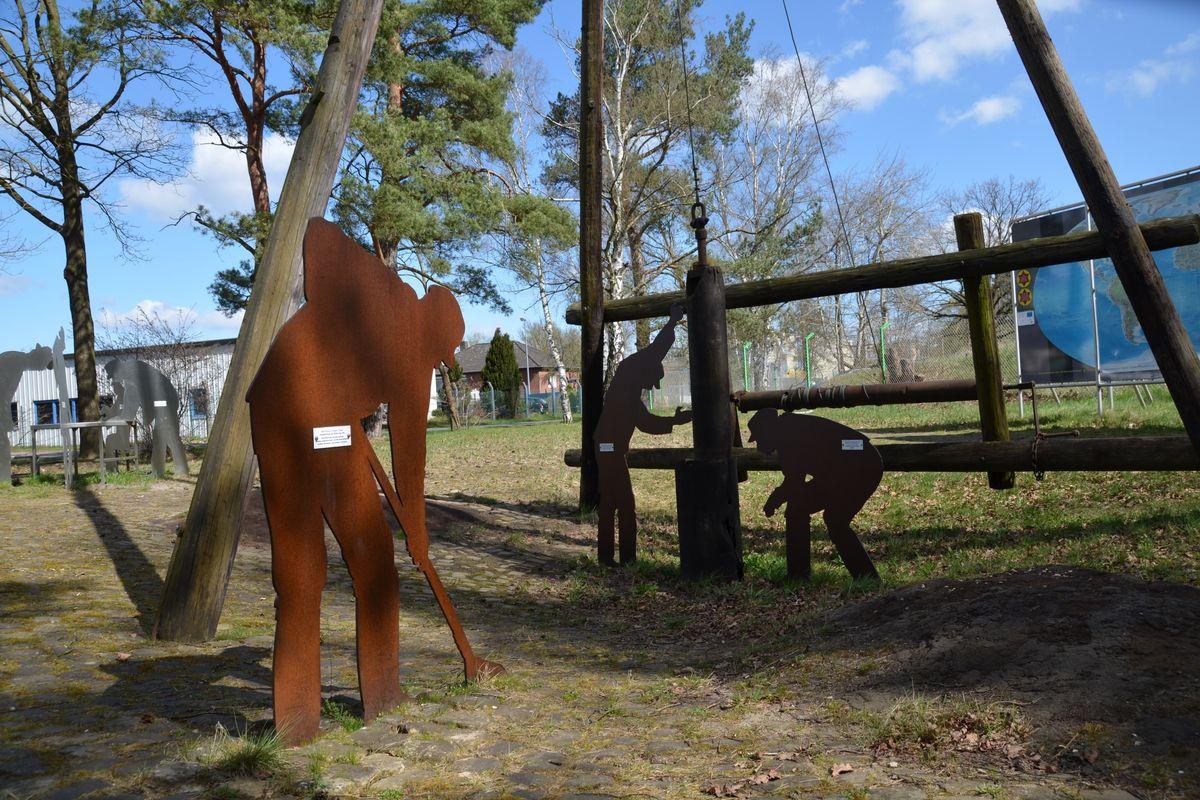
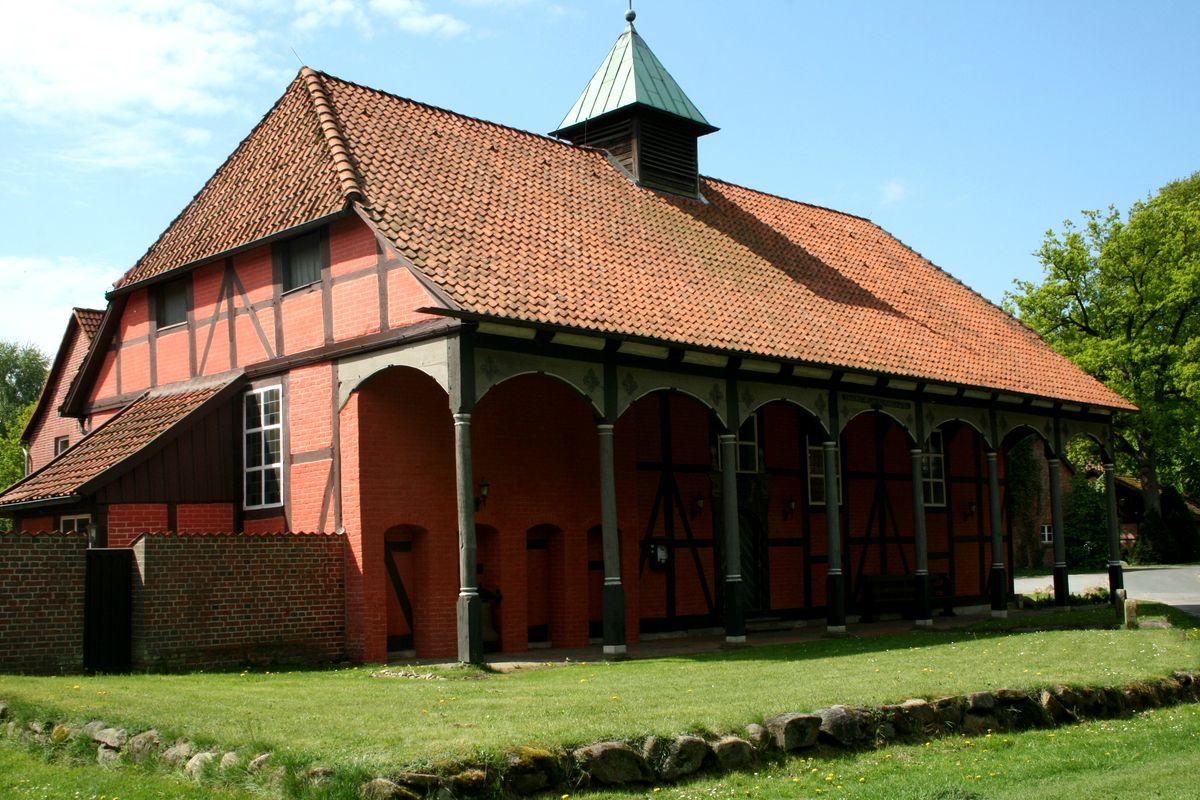
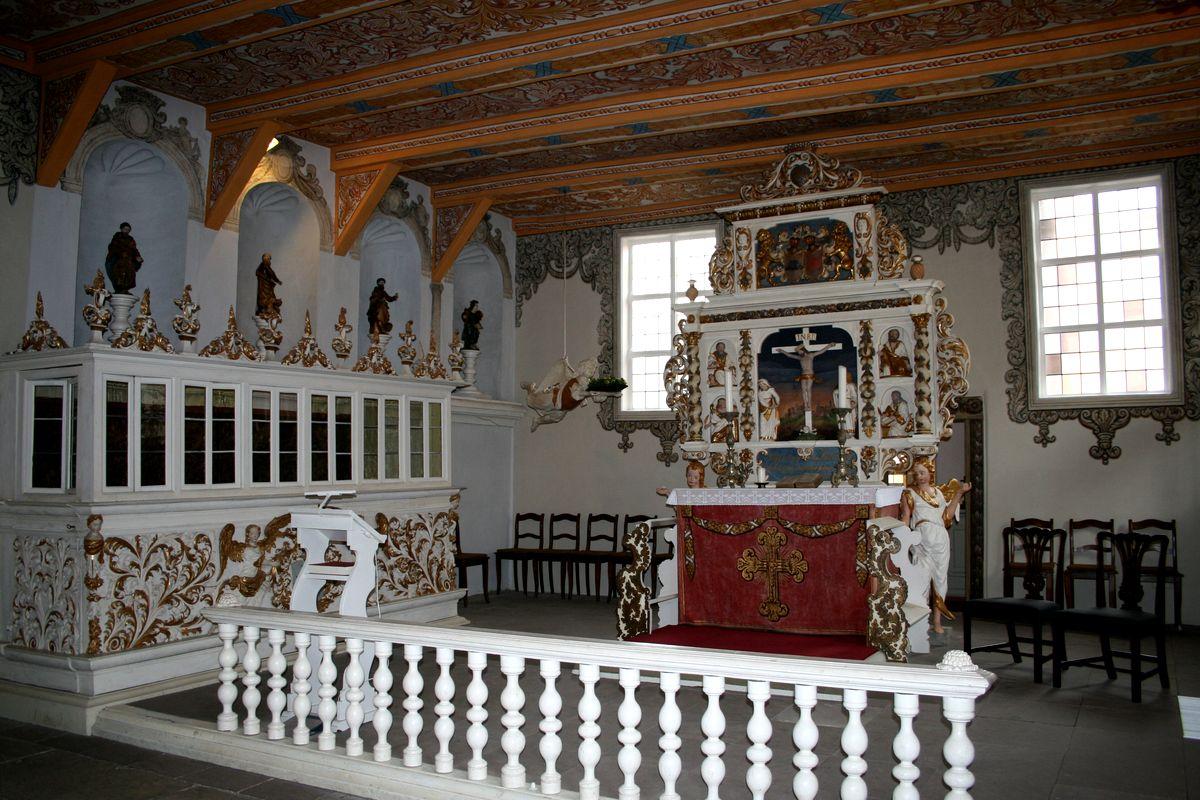
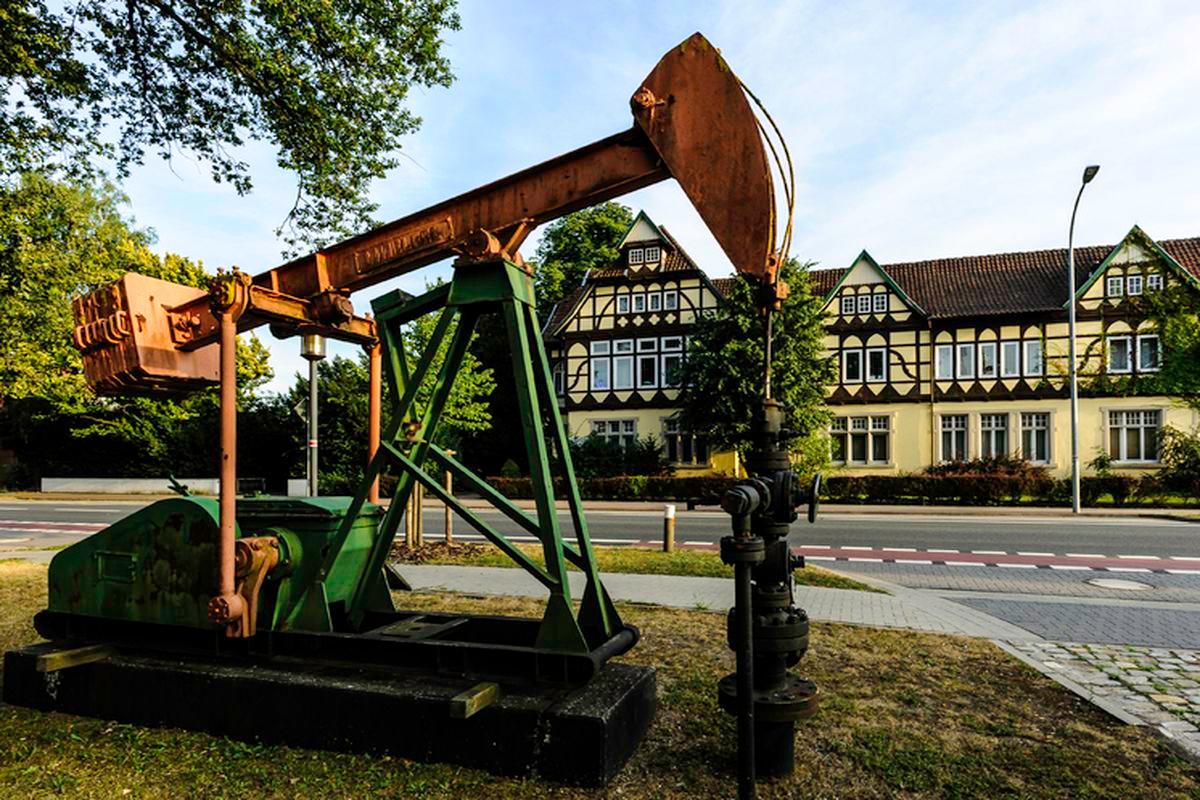
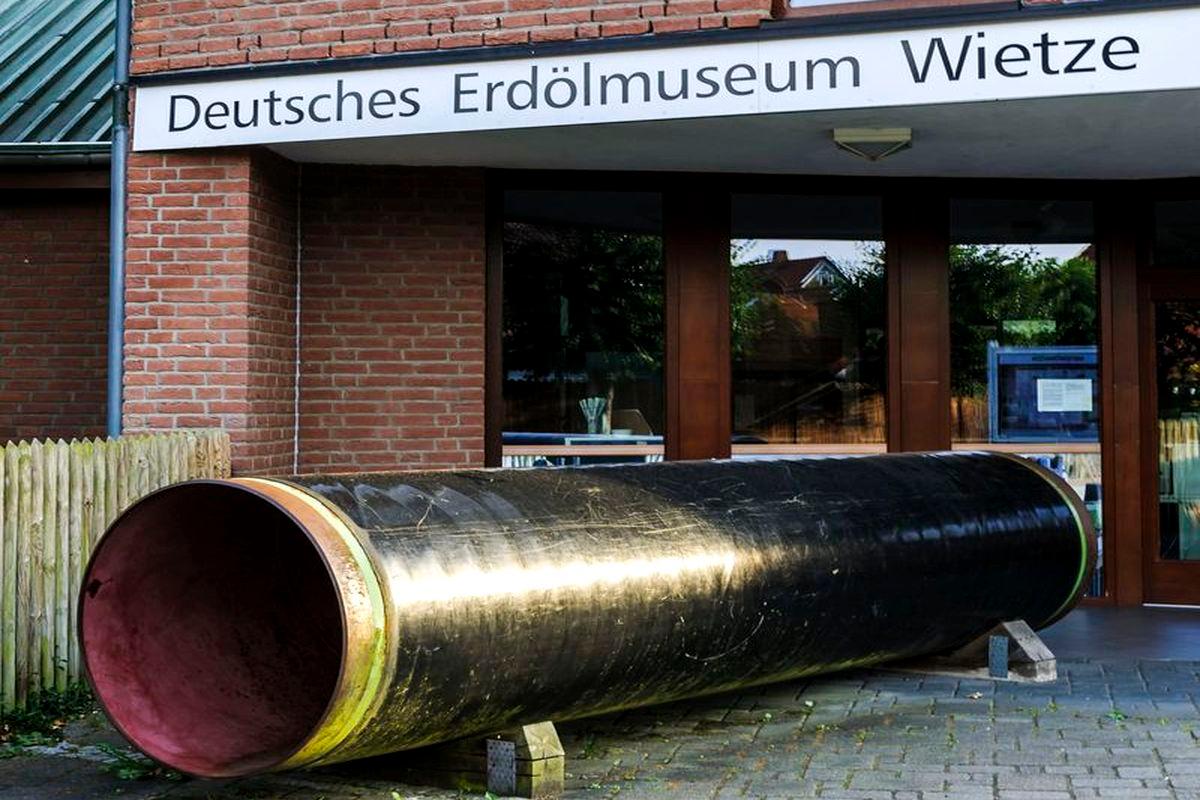
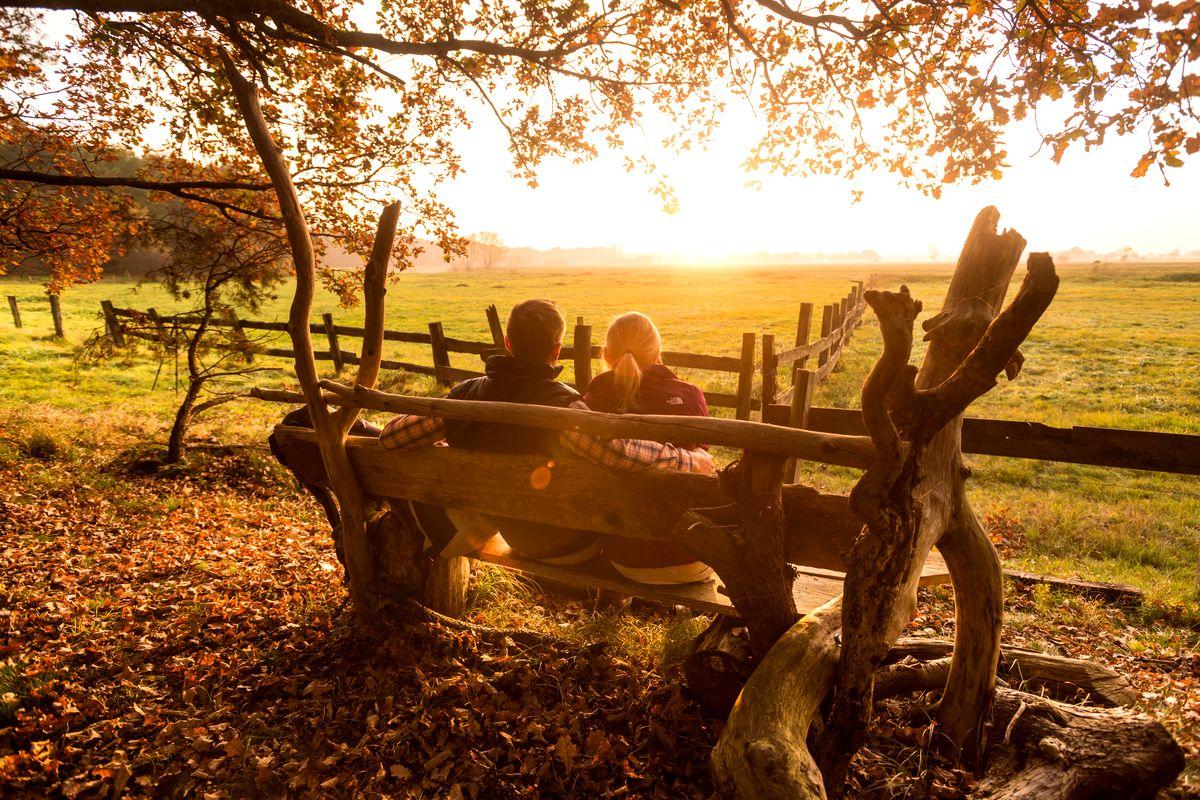
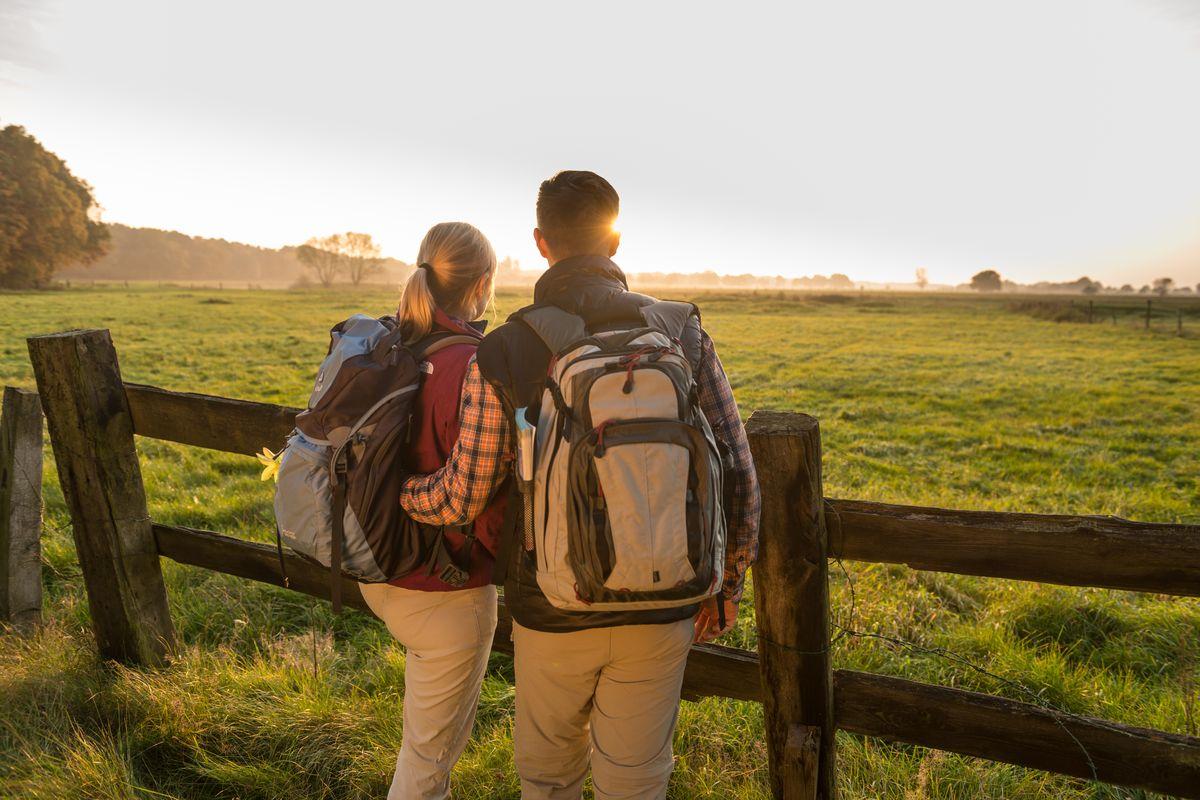
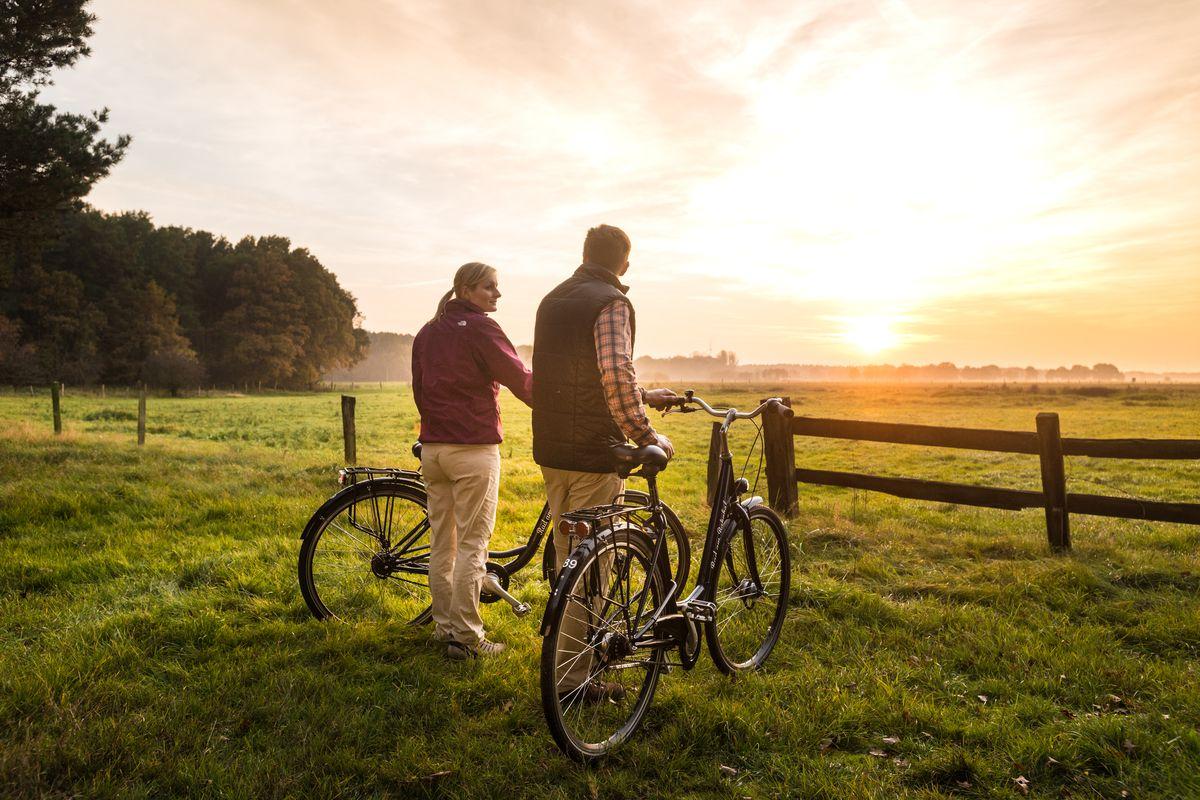
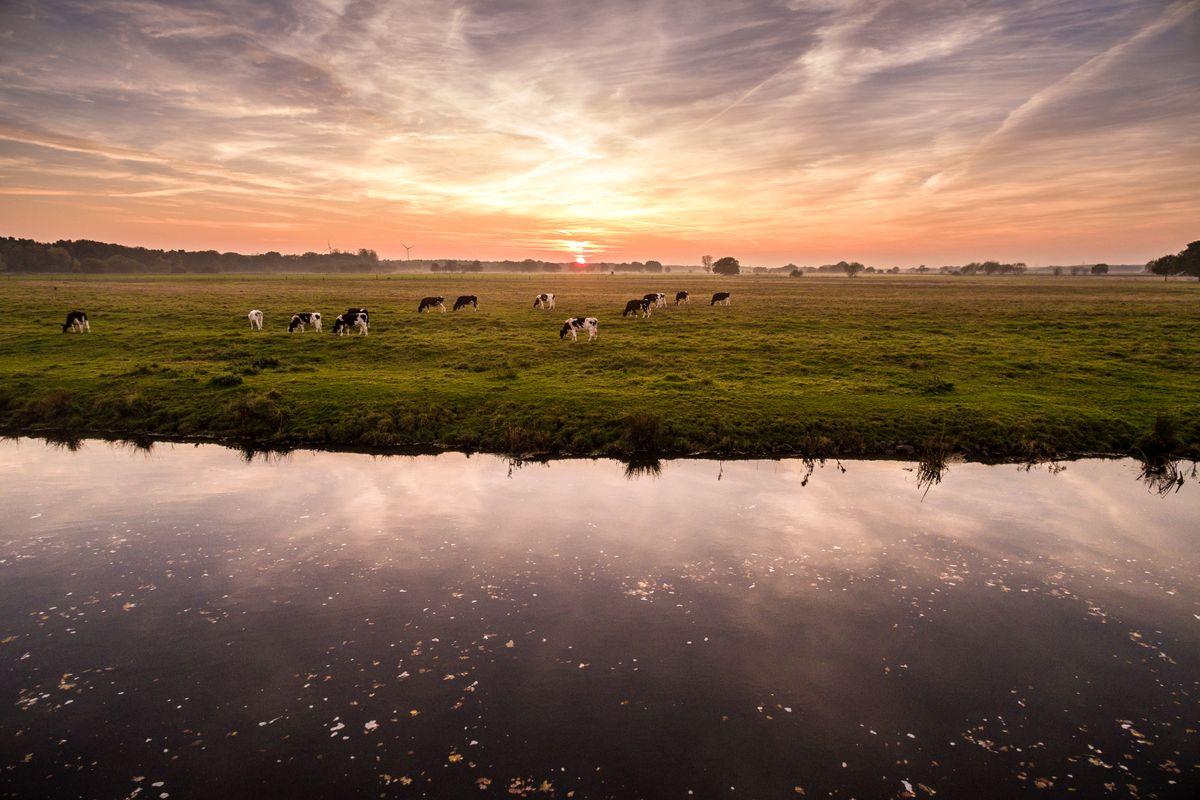
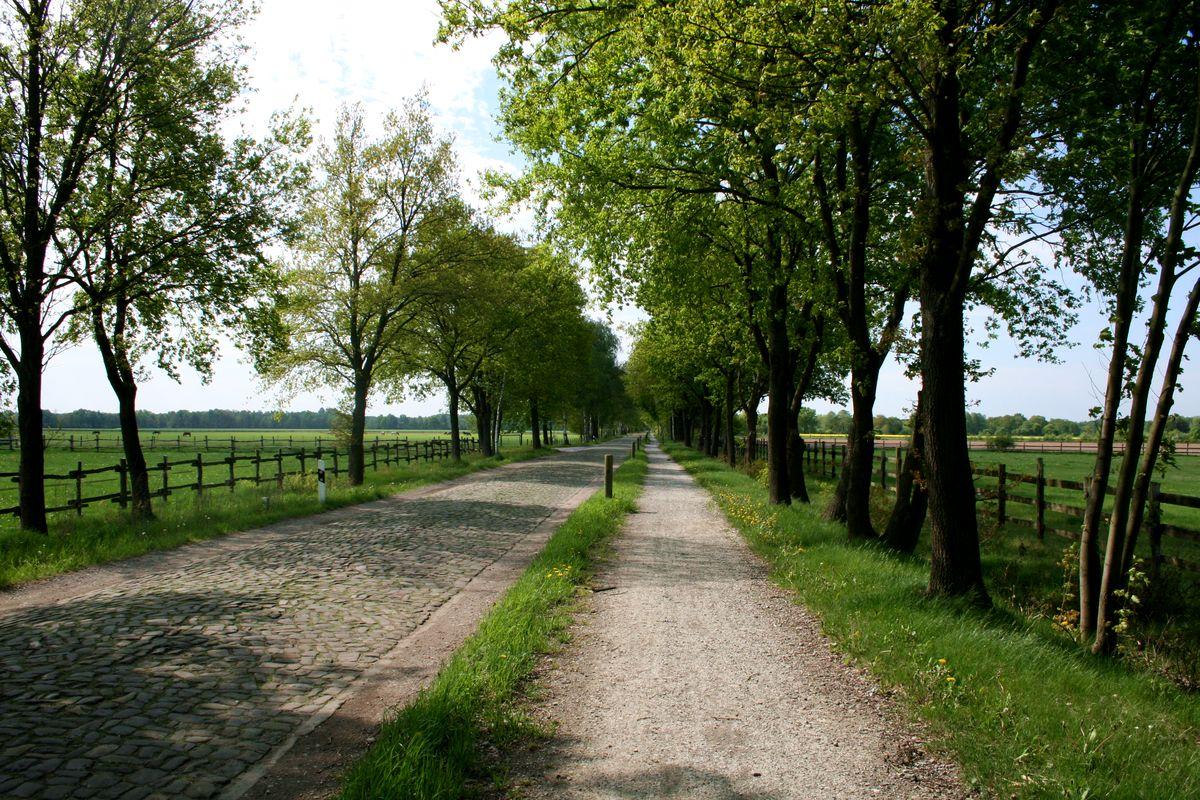
Bike tour around Wietze - Of black gold and green meadows
Gold-rush in Wietze, astonishing nature, and the life and times of Postmaster Stechinelli: The cycle tour through Wietze, Wieckenberg, Jeversen and Hornbostel is very varied and reveals many exciting facts about the history of the small community.
Special features of the tour
German Oil Museum – a memorial to the black gold
Oil extraction is the most important heritage of the municipality of Wietze, whose pre-industrial beginnings date back to 1652. To this day, the German Oil Museum at Schwarzer Weg serves as a reminder of these exciting times. In addition to a classic permanent exhibition, you can expect to see original drilling and conveying equipment, parts of which dates back to around 1900, on the museum's huge outdoor area. Some can even be put into operation by the visitors themselves. Impressive is the 54 m high "Tower 70" on the outdoor area, which has meanwhile become the symbol of the community of Wietze. Guided tours of the oil museum are offered every second Sunday as well as on special dates (International Museum Day, Geotop Day) and on request. Guided tours for students include illustrative physical model experiments about oil production.
The Hunaeus Bore – How oil was found where coal was sought
In 1858/59, Professor Georg Konrad Hunaeus originally went in search of lignite on behalf of the government in Hanover government. Instead, he struck oil at a depth of 37 metres when digging in the old Wallmann coal tar pit. Today, the site named after its discoverer is considered one of the most success oil wells in the world. The original site near the village centre was reconstructed to mark the 150 anniversary of the find. An information board tells visitors the story behind the discovery.
Hornbosteler Hutweide
The Hornbostler Hutweide is named after the former typical hut landscape. From the former woods, which the farmers used as pasture for their cattle, light woods with pedunculate oaks, junipers and sloes developed as well as sparse pastures with heath areas and single, majestic oaks. In the past, some of the pastures and forests were converted into grassland and coniferous forests. However, a 176-hectare sized piece of land was preserved and placed under protection in 2004.
Themed cycle path – On the Postmaster’s Trail
The themed cycle path named “On the postmaster’s trail” recalls a postal service that was expanded in the 17th century by Hereditary Postmaster General Stechinelli as a direct connection from Hamburg or Harbung to Hanover via Celle. You can join the cycle path in Wickenberg, near the Stechinelle Chapel. It follows the historic primary and secondary routes of the former postal service, leaving them every now and then for a detour through more scenic countryside. et yourself be carried away to the time of stagecoaches and post stations. The booklet “On the Postmaster’s Trail” is a valuable travel companion. A post horn marks the course of the journey, and stamping stations invite you to collect postal stamps